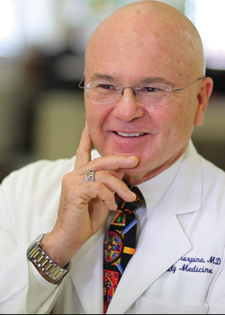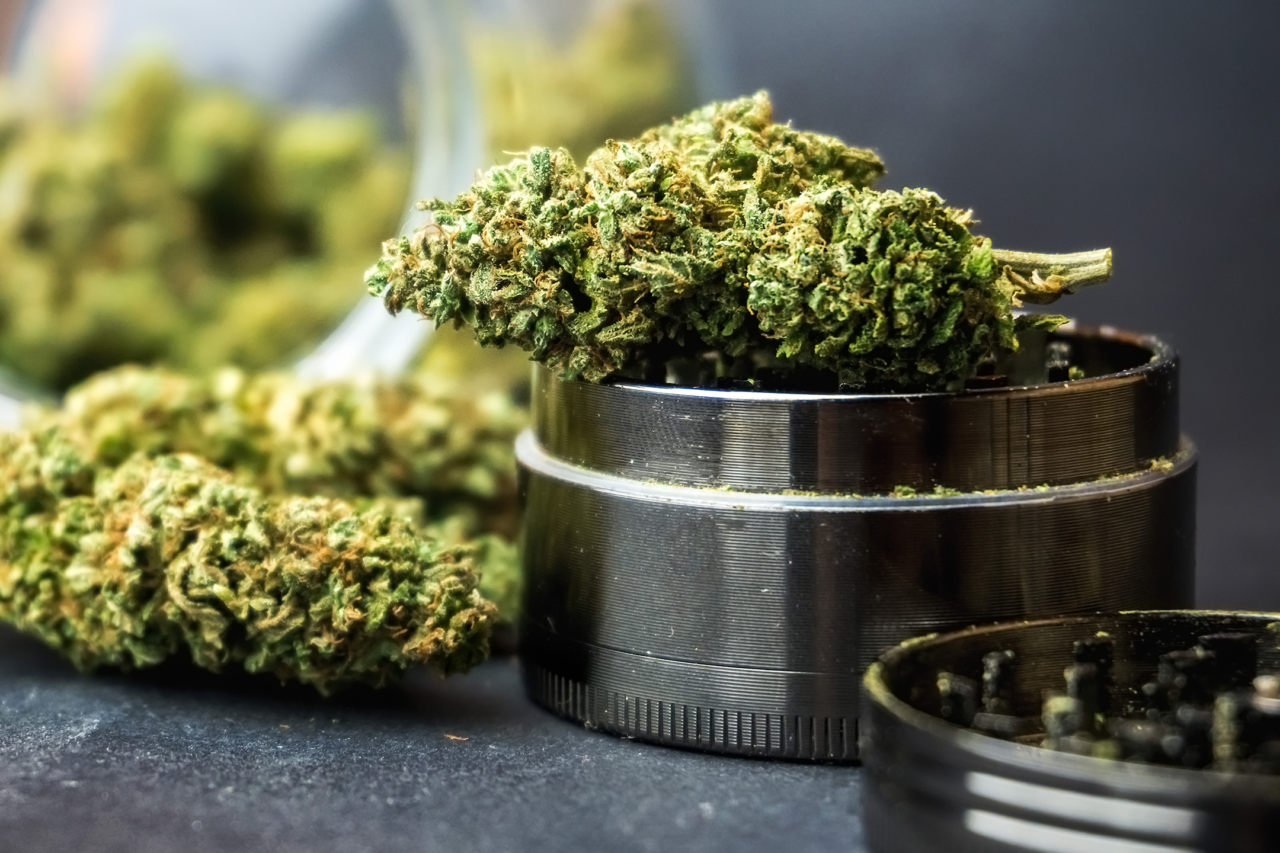 By Victor S. Sierpina, MD
By Victor S. Sierpina, MD
With 36 states having legalized medical marijuana and 18 allowing it for recreational use, we hear precious little on data for its benefits and harms. We also don’t see any reports of massive upticks in marijuana addiction, overdoses, deaths, except for some cases of cannabis hyperemesis syndrome and reports of impaired driving.
A recent article in The American Family Physician, “Cannabis Essentials: Tools for Clinical Practice” delves into the clinical use of cannabis somewhat direly including warnings about cannabis use disorder, withdrawal side effects, drug interactions, and concerns when used by those with pre-existing mental health issues. The article provides a limited list of indications for which there is strong evidence for the medical use of cannabis. These include chemotherapy-induced nausea and vomiting, neuropathic pain, pain and spasticity from multiple sclerosis, palliative pain, refractory epilepsy, and spasticity from spinal cord injury.
Of course, the scope of public usage for medical purposes far exceeds that list of proven conditions. The whole situation remains strangely under the radar. For example, consider that darling money-maker, CBD oil, imputed for a vast array of benefits at $65 or so for an ounce vial.
A recent New York Times article discussed the shady and unsupported claims of a THCV product (a chemical from cannabis) to promote weight loss. This is just one example of fake marketing with no confirming randomized clinical trials with lots of financial incentives.
Having lived through the ’60s, I have some limited experience with cannabis, though, unlike Bill Clinton, I never exhaled. Today’s joints are not the Bill Clinton era variety since due to selective breeding, the psychoactive THC content of a 60’s or 70’s joint has increased dramatically from 1.5% to over 21% in recent years.
Unfortunately, despite extensive public use, science lags far behind because of the significant federal regulations on doing clinical research on Schedule 1 substances, Schedule 1 meaning “no currently accepted medical use.” This results in cannabis being rated as more addictive and harmful than dangerous and often deadly narcotics like oxycodone, fentanyl, or the stimulant dextroamphetamine/amphetamine, all of which are lower Schedule 2 controlled substances.
Thus, we have basically a situation where cannabinoid research is crowd-sourced, cannabis industry-funded (hardly an unbiased sponsor), and largely anecdotal. The good news is that significant bench science has evolved ever better knowledge of mechanisms and pathways.
Another FDA concern is the lack of homogeneity, purity, and potency of cannabis products. This is hardly new territory and has been leveled forever against the herbal marketplace putting a pall of suspicion on everything from echinacea, black cohosh, St. John’s Wort, ginseng, to a host of other botanicals that are widely used by the public. Many of those people, like cannabis users, prefer the idea of a naturally grown plant medicinal to a pharmaceutically manufactured one.
In the midst of all this, I have long had an interest in cannabinoids for cancer patients as they potentially address pain, depression, appetite, insomnia, in addition to nausea and vomiting. There is a paucity of data for its use in cancer because of the federal bans on marijuana research, so potential benefits and harms, including drug interactions are not well documented. As a result, I believe cannabinoids are underutilized in the holistic care of cancer patients and survivors.
Cannabis is still illegal at a federal level despite state laws to the contrary so use by and in federal facilities is still a crime. Texas is one of the minorities of states that has not yet passed legislation for legalizing medical cannabis. The exceptions are CBD oil (Epidiolex) for childhood epilepsy and synthetic dronabinol (Marinol) for chemotherapy-induced nausea and vomiting and AIDS anorexia, though some palliative care specialists have a license to prescribe.
Whether or when this will change in Texas is an unknown. For now, though, it seems that the optimal way forward would be to support federal legislation allowing the FDA to reschedule cannabis products from a Schedule 1 to 2 or even Schedule 3. This would be a more rational place to start in terms of promoting research, clarifying prescribing practices, and informing safe public usage. The low potential for high profits by conventional pharmaceutical companies remains another barrier to further research in this area as cannabis products are largely unpatentable.
Without such system changes, we will remain in the wild, wild West where junk science, marketing shenanigans, product quality issues, murky legal problems, and ignorance prevail around a substance used medicinally for millennia.
References:
- Sazegar, P. Cannabis Essentials: Tools for Clinical Practice. The American Family Physician. 2021; 104(6):598-608
- Bridgeman MB, Abazia DT: Medicinal cannabis: History, pharmacology, and implications for the acute care setting. P T2017;42(3):180-188.
https://www.ncbi.nlm.nih.gov/pmc/articles/PMC5312634 - Drug scheduling: Drug schedules. United States Drug Enforcement Administration.
https://www.dea.gov/drug-scheduling
VanDolah HJ, Bauer BA, Mauck KF: Clinicians’ guide to cannabidiol and hemp oils. Mayo Clin Proc 2019;94(9):1840-1851.
https://www.mayoclinicproceedings.org/article/S0025-6196(19)30007-2/fulltext


